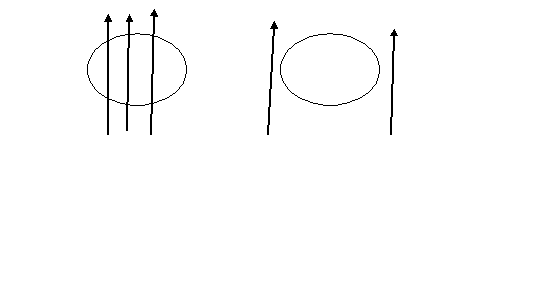Superconductors, critical temperature, critical magnetic field and Meissner effect
Dear Friends, In this article we will discuss the following:
a) what are superconductors,
b) what is critical temperature and its importance,
c) What is the critical magnetic field and its importance and the most important
d) What is the Meissner Effect in Superconductivity and the significance of Meissner Effect.
e) We will also prove that all superconductors are diamagnetic by nature. Let us discuss all these things one by one:
Superconductors:
Superconductors are materials whose conductivity tends to be infinite as resistivity tends to zero at critical temperature (transition temperature).
Critical temperature (Tc):
The temperature at which a conductor becomes a superconductor is known as critical temperature.
Critical Magnetic Field (Hc):
The magnetic field required to convert the superconductor into a conductor is known as a critical magnetic field.
Critical magnetic field is related with critical temperature as:
Hc(T) = Hc(0)[1 – T2/Tc2]
Meissner Effect in Superconductors and its Significance:

Suppose there is a conductor placed in a magnetic field at temperature T (refer left figure and In the figure, the arrow represents the magnetic lines of force passing through the superconducting specimen). When the temperature is decreased till the critical temperature. See what happened ( Right figure). Lines of force are expelled from the superconductor. This is called the Meissner effect.
B is not 0 at T > Tc B=0 at T < Tc
Definition Meissner Effect: The expulsion of magnetic lines of force from a superconducting specimen when it is cooled below the critical temperature is called the Meissner effect.
To prove that superconductors are diamagnetic by nature:
As B is not 0 at T > Tc and B=0 at T < Tc
Also by mathematical expression, B = µ0 (H +M)
Where B is magnetic induction or magnetic flux density,
H is applied magnetic field or magnetic field intensity
And M is the intensity of magnetization.
For superconductors B = 0
Thus either µ0 = 0 or H + M = 0
But µ0 can not be zero,
Thus H + M =0
Or M = -H (1)
By definition of magnetic susceptibility
χ = M/H
Put equation (1)
Thus χ = -1
But magnetic susceptibility is negative for diamagnetic materials, thus it proves that superconductors are diamagnetic by nature.
Do you know why superconductors are superconductors? The same is explained in the BCS theory of superconductivity. Do read the article on BCS theory of Superconductivity.
Following is the link to our YouTube video related to the Meissner effect in superconductors:
4 thoughts on “Superconductors, critical temperature, critical magnetic field and Meissner effect”